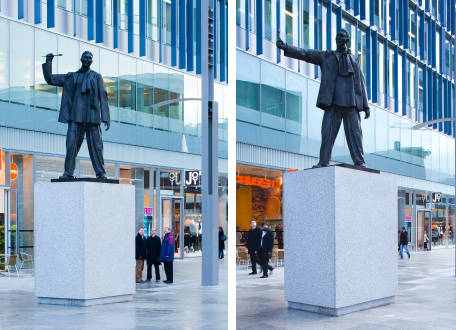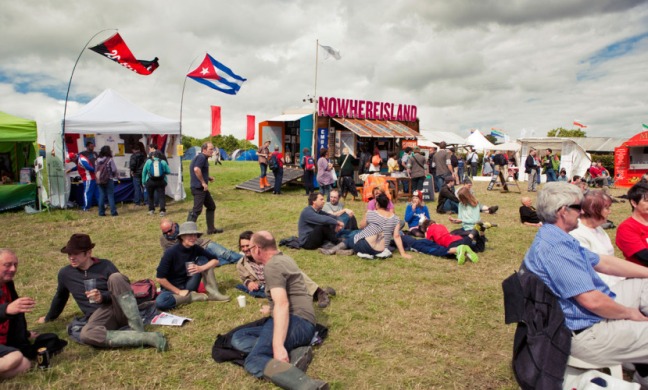“The larger than life-size grey figure wears clothes that flutter in the wind and is mounted on a plinth bearing no name but a very hard to read Latin inscription..” (Price, 2008)
The Statue on Summer Street in Southwark is right by my home; something I walk past every second day if not every day. I never noticed that it moved before, and came as a shock to me one day as I was walking past and I saw the head of the statue moving!

The piece is called The Monument to the Unknown artist, but it still feels unusual not to hardly have any information as to where this statue is from, who the artist is and what his purpose was. There is only one small inscription on the side which reads in Latin, “Quid quid latine dictum sit, altum videtur” which upon a quick search I found translates to “Anything said in Latin sounds profound”. If you look at this from a different perspective, it is quite refreshing to have a statue with less information and more ‘action’ so to speak.
There are accounts of many people who go up to the statue and try to strike a pose, and when they don’t notice the statue it would strike a similar pose or make up one on it’s own. The interactive aspect of this public art piece is something that almost anyone and everyone can take part in, if they have the patience to wait for the statue.
A photographer Jessica Mulley wrote “As his head and eyes follow the movement of is hand as the brush traces its repetitive image in the air. It’s quite striking and, indeed, a little spooky in some ways. Catch it in the corner of your eye and you’re not quite sure whether its moved or not, so subtle is the change.” (Mulley, 2009). People go up to the statue, strike a pose and wait for it to move. A lot of people get frustrated when it doesn’t move, and a lot of people see the statue make small changes that make it very close to life.
The statue itself is animatronic, and upon doing some research, I found out that the use of sneakily positioned cameras map your body pose in 3D, and feed it to the statue who then copies your pose. This statue is a real hidden gem in the city of London, and as a piece of public art, does a very good job of interacting with the people that come up to it.



